“Mother Died Dec 19th 1921.”
Today, in my minds-eye I can see him sitting at his desk, pencil in hand and licking the point of the lead before writing an entry. The picture below is of the last pages in this ledger, entitled ‘This Page for local news only.’
- 2 load manure for school
- Bought Grainger horse £15
- Roand cow calved.
| It appears Florence had been feeling unwell for a few days when she left the family home in Piercebridge and 'later her body was discovered in the Tees'. Florence had drowned. Her Death Certificate was illuminating:- So perhaps my Grandfather was in shock or denial, or just grief-stricken when he wrote the words “Mother died” in the Ledger here before me. |
'Personals' in Business Records
There are more arrivals, passings and ‘joinings together’ in faded fuzzy ink, typed on fragile tissue paper. From the births and marriage notices of his children to the death notice for his own relative named Florence. His aunt, Annie Florence (Florrie) Dryden - Benson nee Hewitt who died at Platts Lane, Hampstead in 1950.
‘When it opened in 1854 The Alhambra Theatre hosted one of the few bars to accept women without the escort of a man. Once described as the “greatest place of infamy in all London”, it had a reputation for banging nights out.
The leading ladies of the stage would descend underground after their performance, declaring, “Come, won’t you bring me my liquor?”. They would flirt, eat oysters, drink champagne and make eligible acquaintances.
Lost in a fire in 1882, the site was rebuilt but said to be cursed by housing such debauchery and eventually demolished in 1936 to become the Odeon Theatre.[1]
World War I
The history of buildings and places
The Dispensary, 14 Nelson Street, Newcastle-upon-Tyne
The Dispensary was established in April 1777 and funded through subscriptions, gifts and legacies. Its first site was in The Side but in 1782 or 1783 it moved to Pilgrim Street where it remained until 1790. For the next fifty years, the Trustees leased a building in Low Friar Chare. At the expiry of the lease, the Dispensary moved to 14 Nelson Street, where it remained until 1928. Its final move was to 115 New Bridge Street which was still its home when it finally closed in 1976.[2]
The Fruit Exchange, Spitalfields, London
Opening in 1929, when the volume of imported produce coming through the docks more than doubled in the ten years after the First World War, the mighty Fruit & Wool Exchange in Spitalfields was created to maintain London’s pre-eminence as a global distribution centre. The classical stone facade, closely resembling the design of Nicholas Hawksmoor’s Christ Church nearby, established it as a temple dedicated to fresh produce as fruits that were once unfamiliar, and fruits that were out of season, became available for the first time to the British people.[3]
A wee bit of fun to end
Footnotes
https://www.thelostalhambra.co.uk/
[2] The National Archives Kew,
https://discovery.nationalarchives.gov.uk/details/r/8e55bb34-bcea-498f-8a47-7f9644c682b1
(Tyne and Wear Archives catalogue is unavailable at the time of writing due to essential maintenance.)
[1] Spitalfields Life, ‘So Long, Spitalfields Fruit & Wool Exchange’
https://spitalfieldslife.com/2012/10/11/so-long-spitalfields-fruit-wool-exchange/
Links to further information
The Alhambra
https://memoirsofametrogirl.com/2021/05/05/alhambra-leicester-square-history-victorian-theatre/
Theatres Trust Database, the Alhambra
ttps://database.theatrestrust.org.uk/resources/theatres/show/3263-alhambra-theatre-london
Cinema Treasures, The Alhambra
http://cinematreasures.org/theaters/30493
The Old Dispensary & Newcastle’s Grainger Town
https://historicengland.org.uk/listing/the-list/list-entry/1024812?section=official-listing
English Heritage, Newcastle's Grainger Town An Urban Renaissance, London, 2003. (84 page pdf downloadable publication about the history of Grainger Town and recent conservation project.)
https://historicengland.org.uk/images-books/publications/newcastles-grainger-town/newcastles-grainger-town/
The London Fruit and Wool Exchange
https://spitalfieldslife.com/2020/01/11/at-the-fruit-wool-exchange-1937-x/ (Some wonderful articles on this website!)
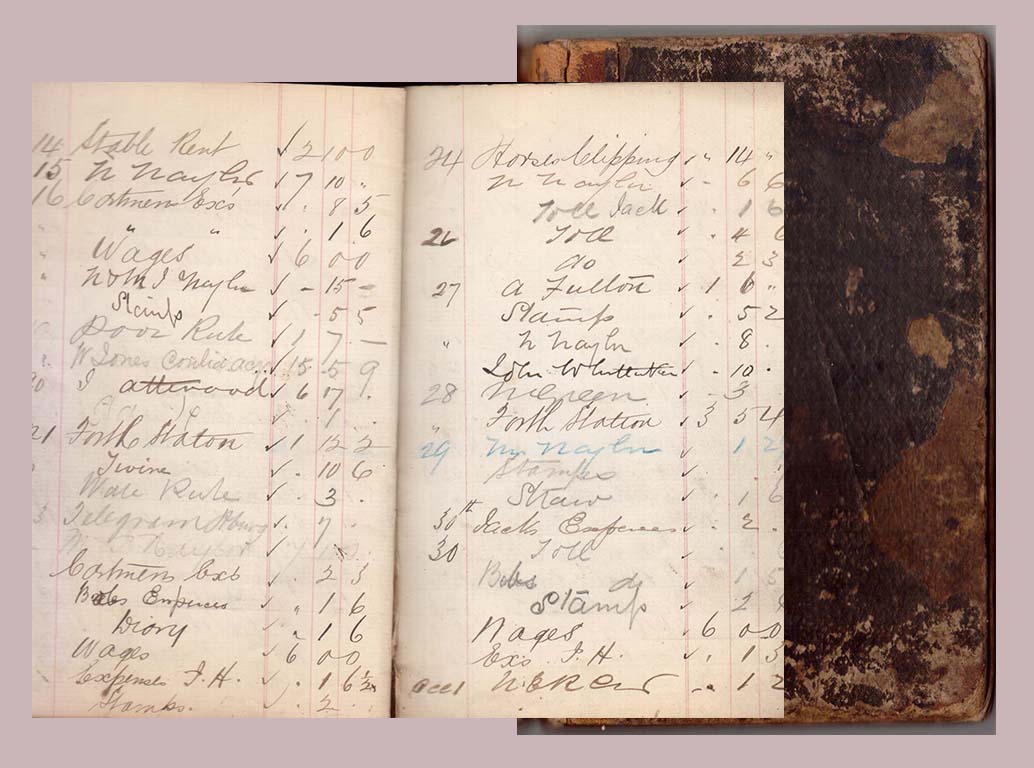
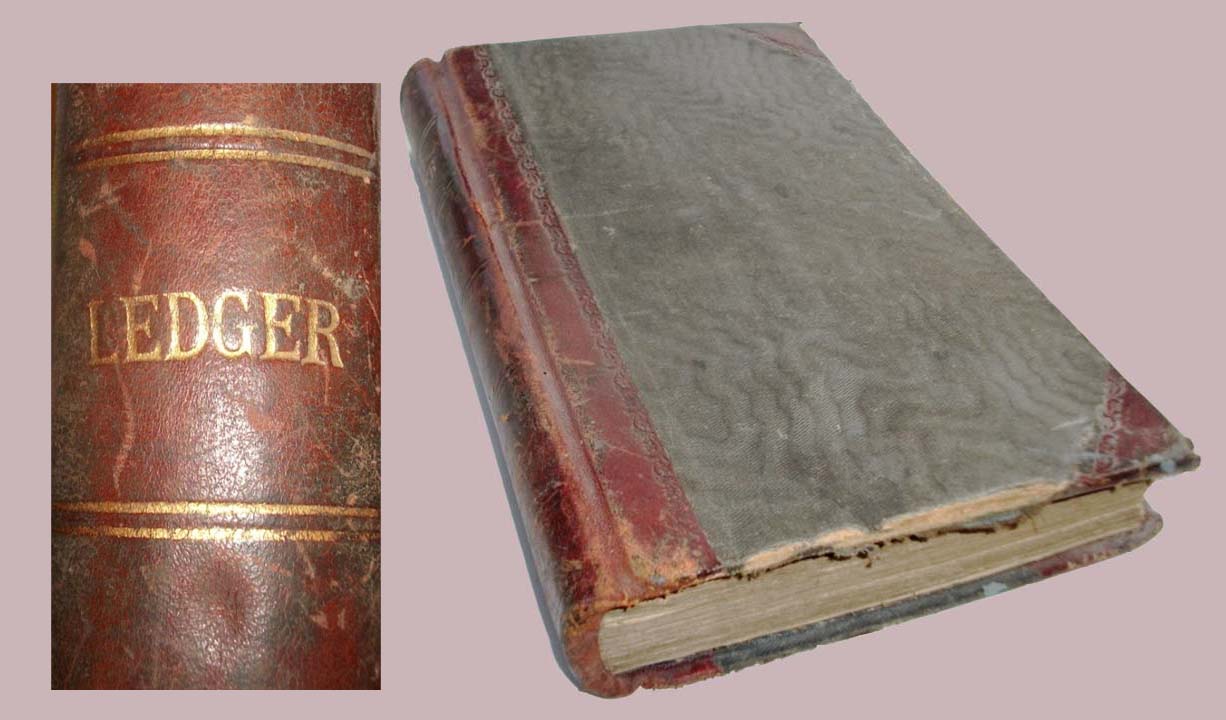
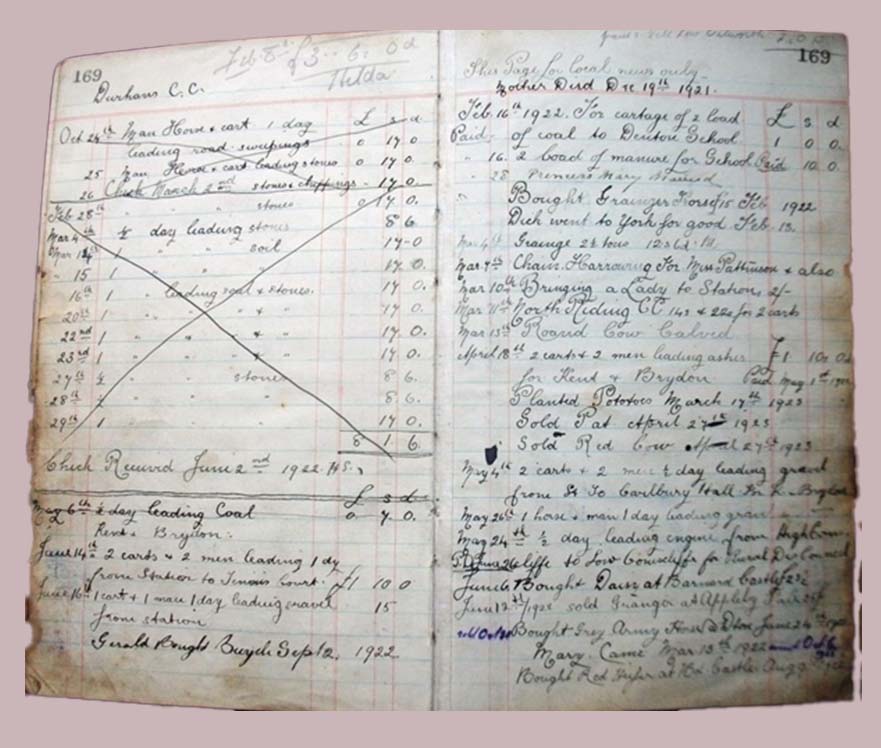

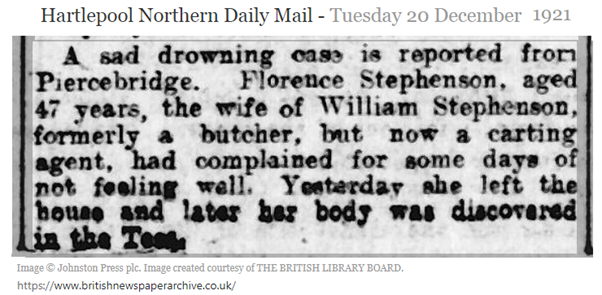
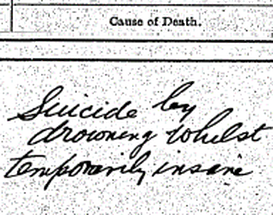
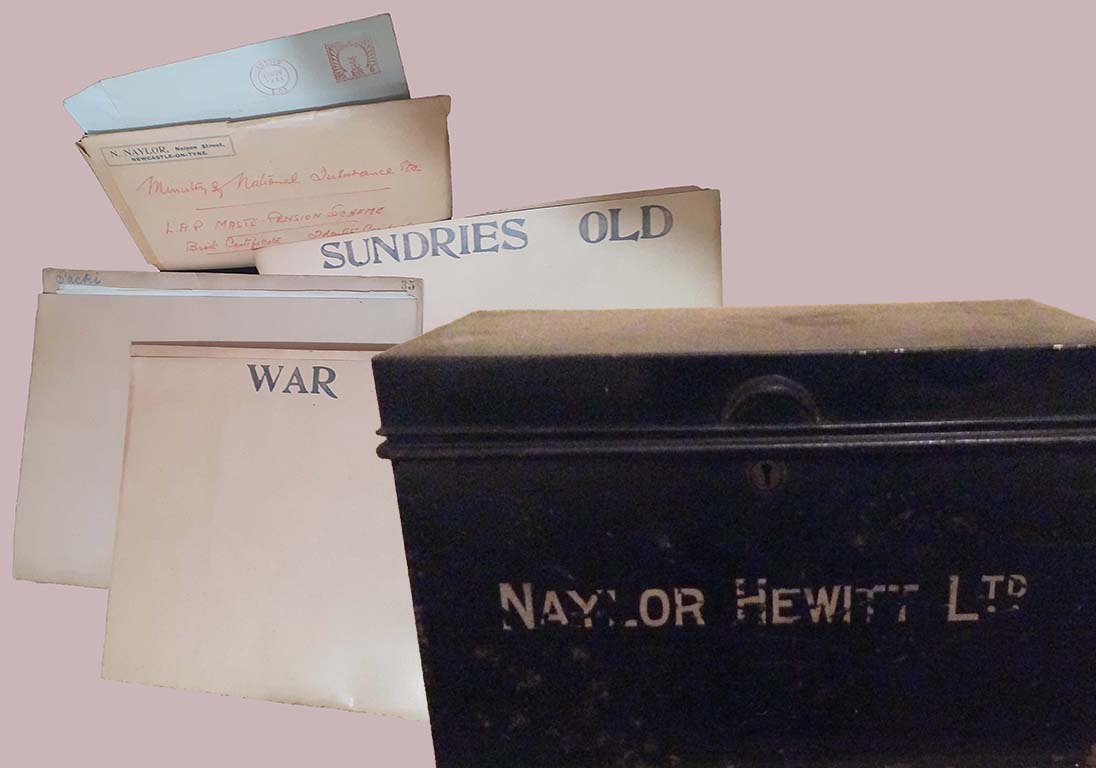
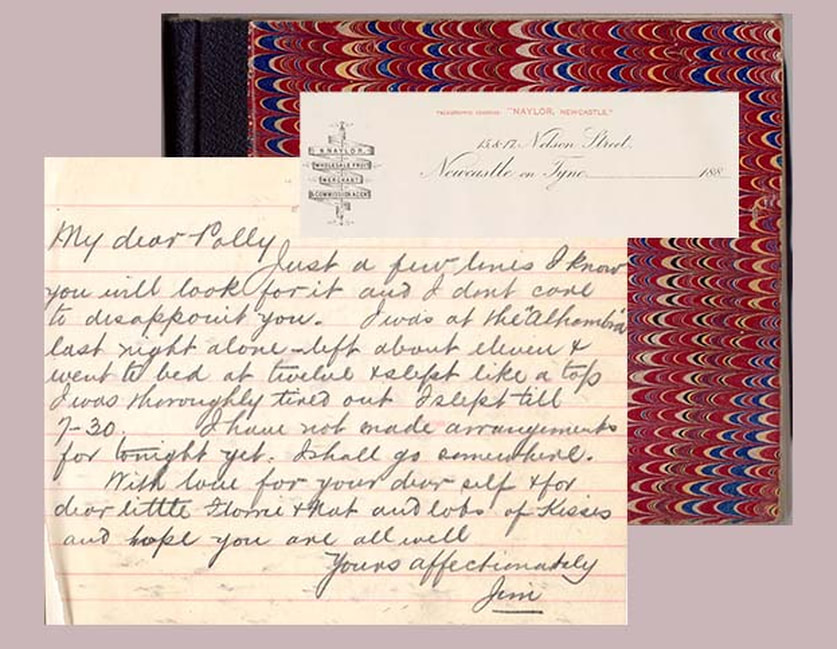
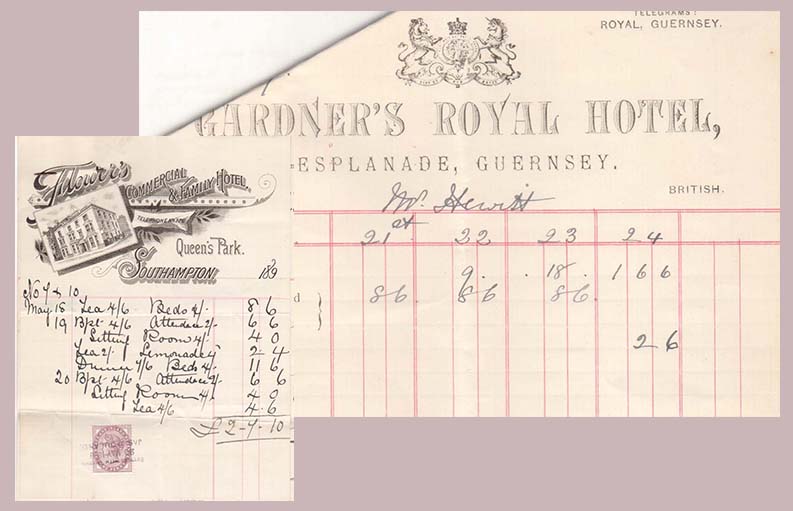
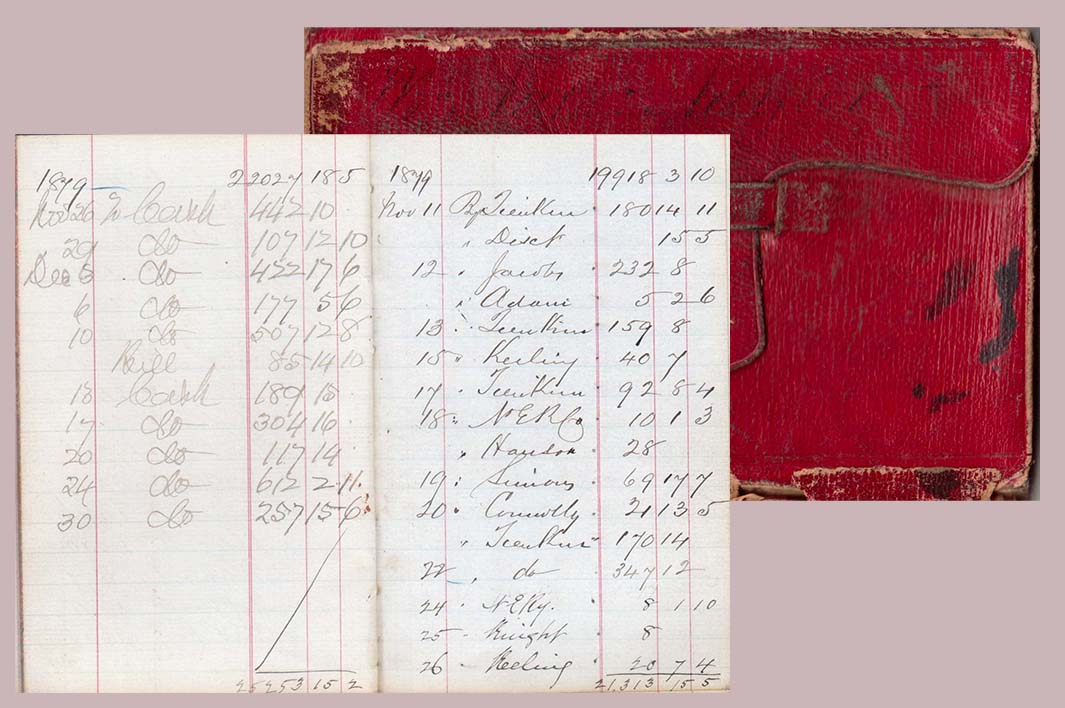
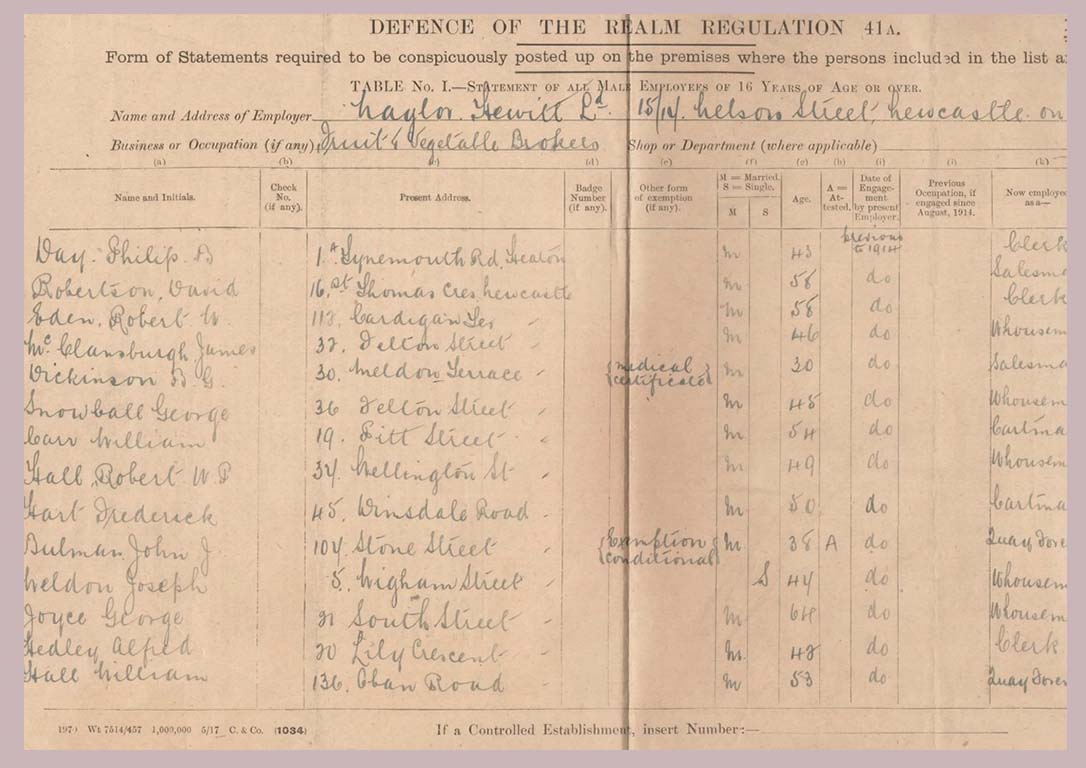
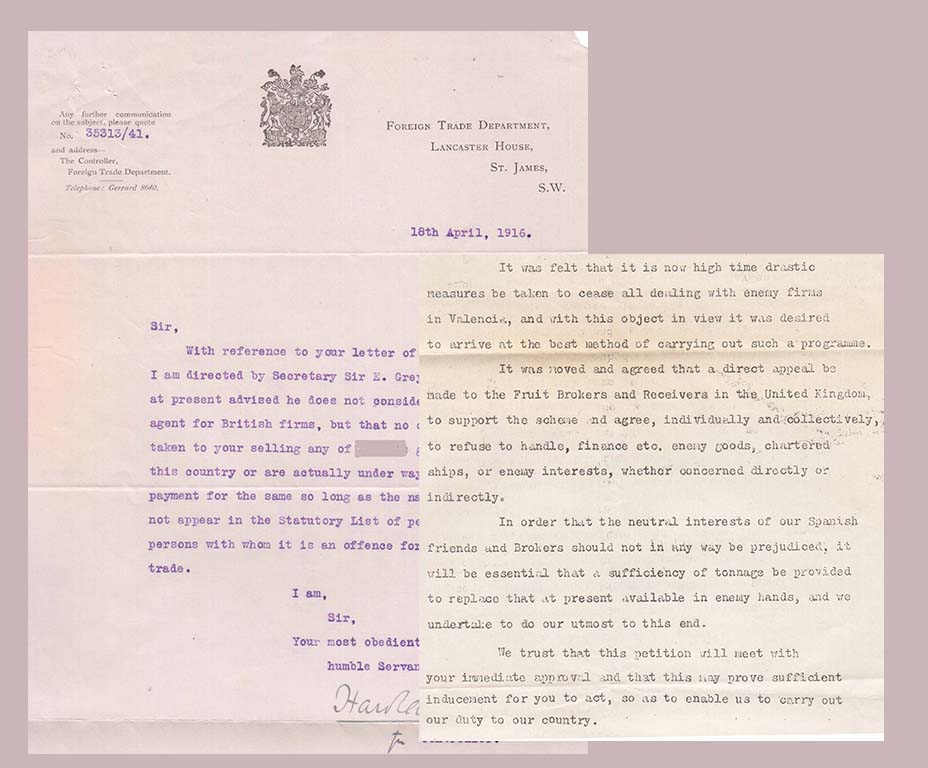
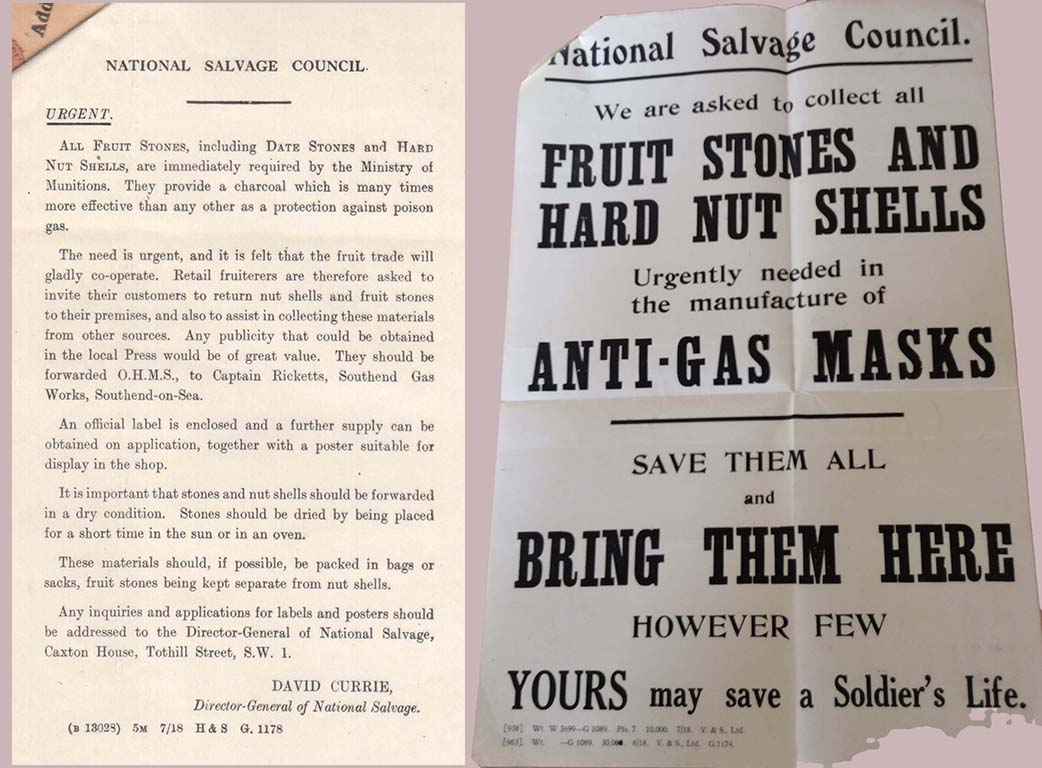

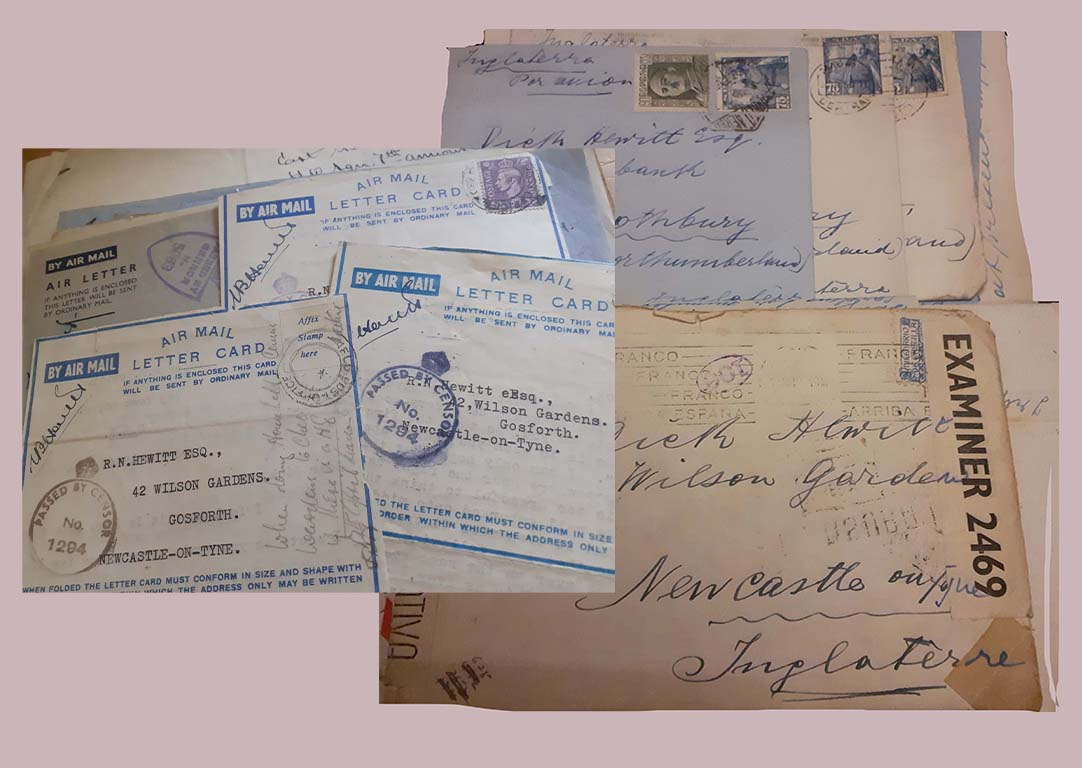
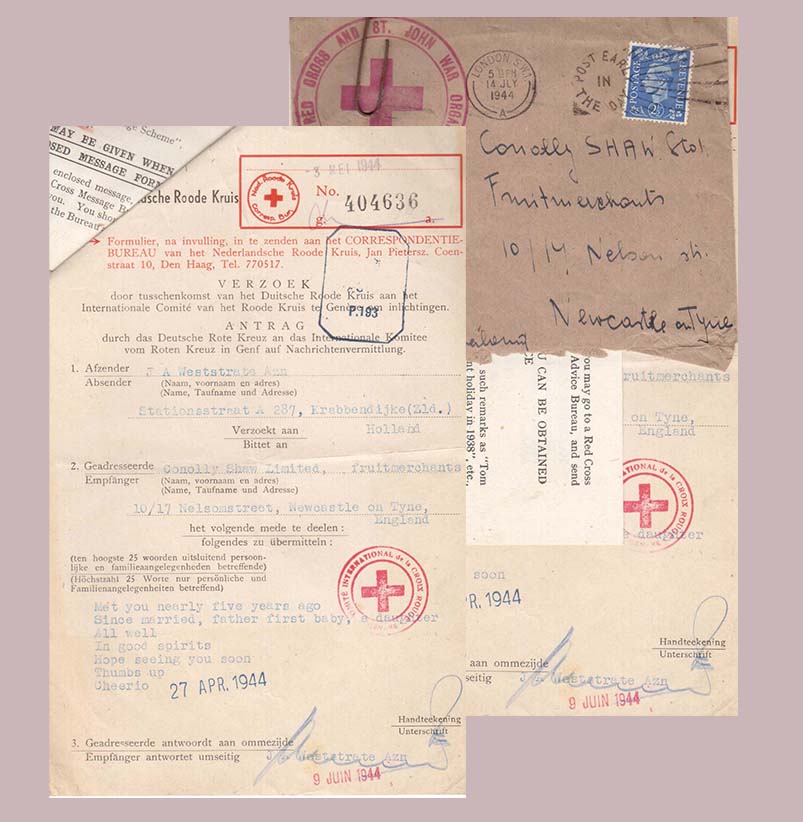
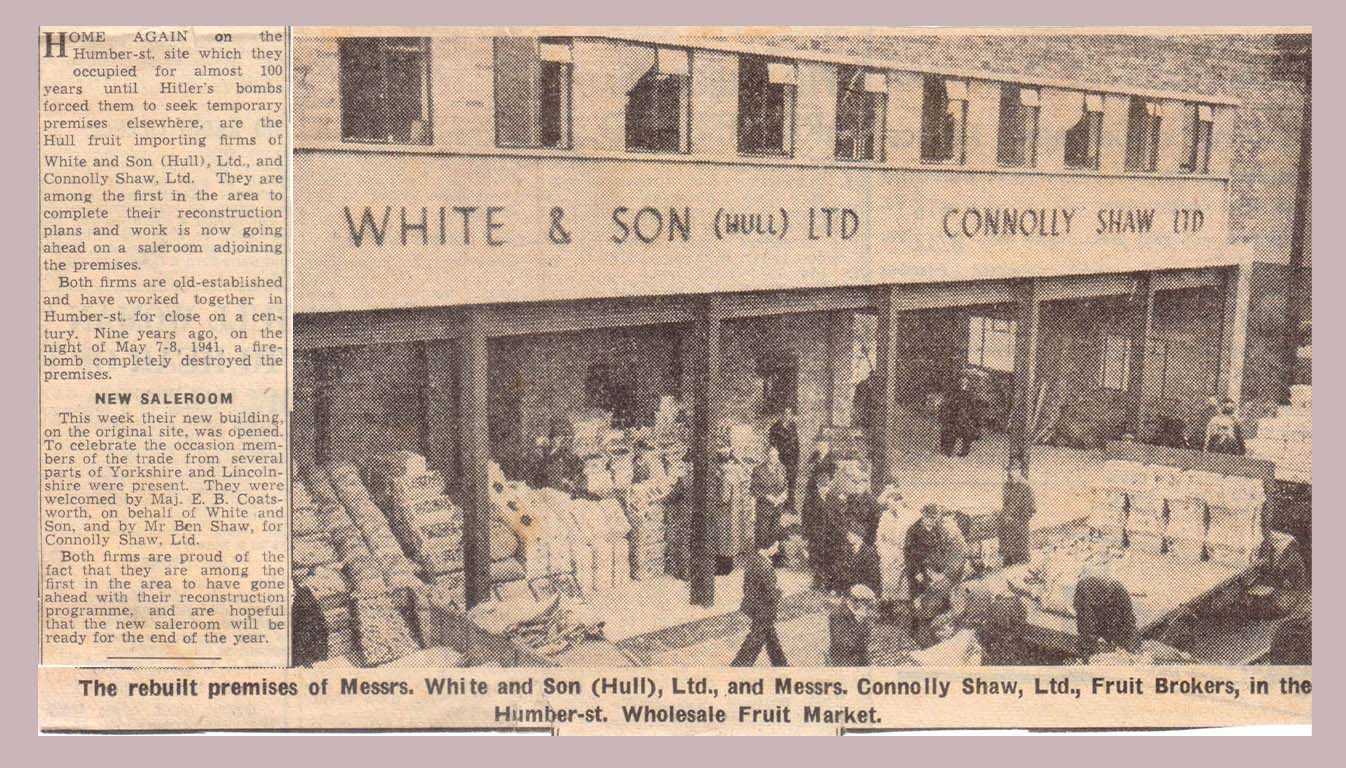




 RSS Feed
RSS Feed
